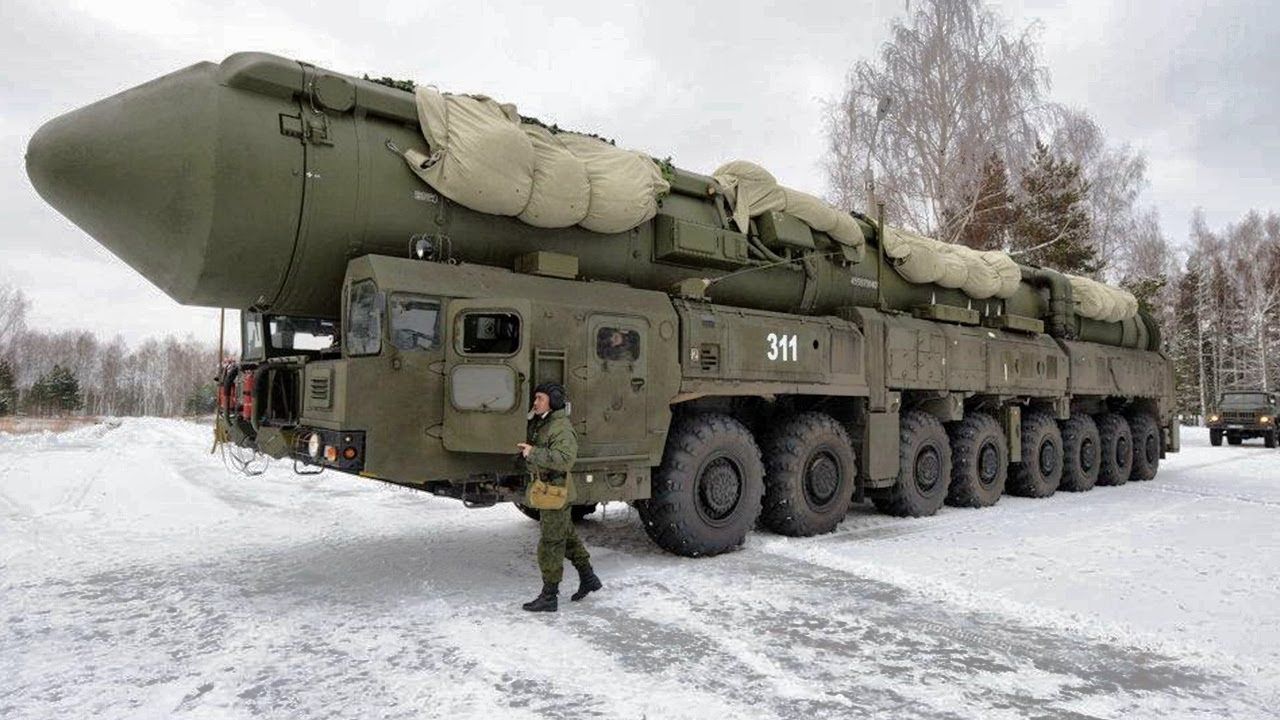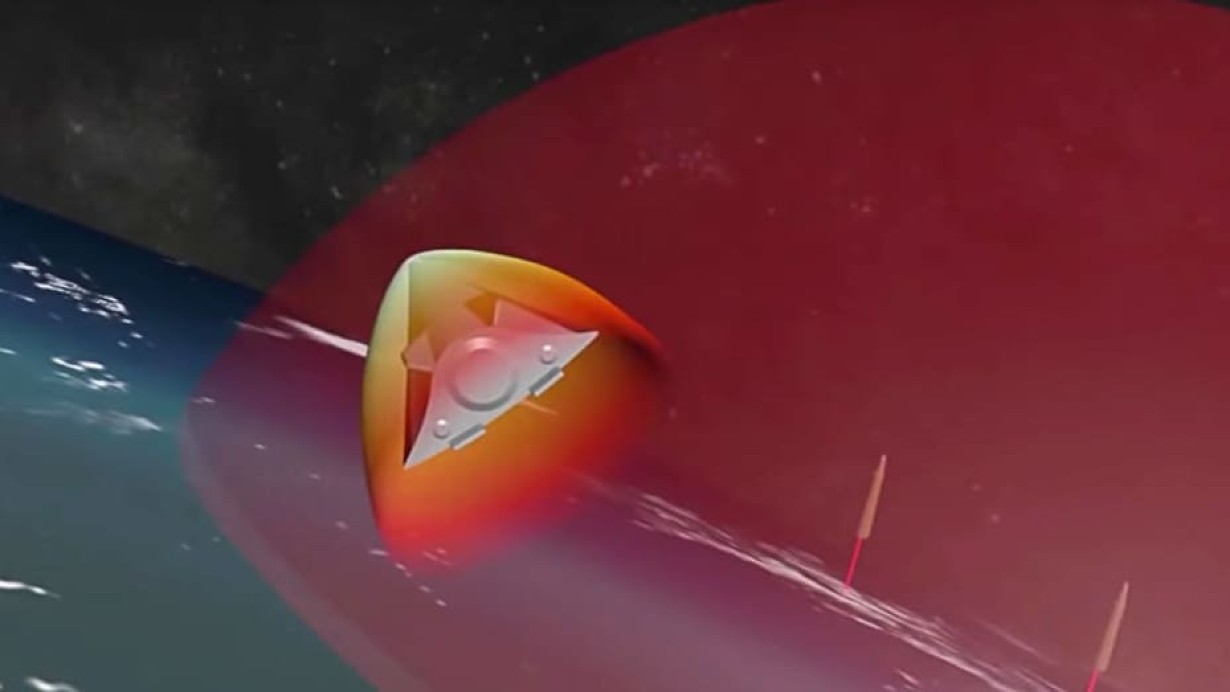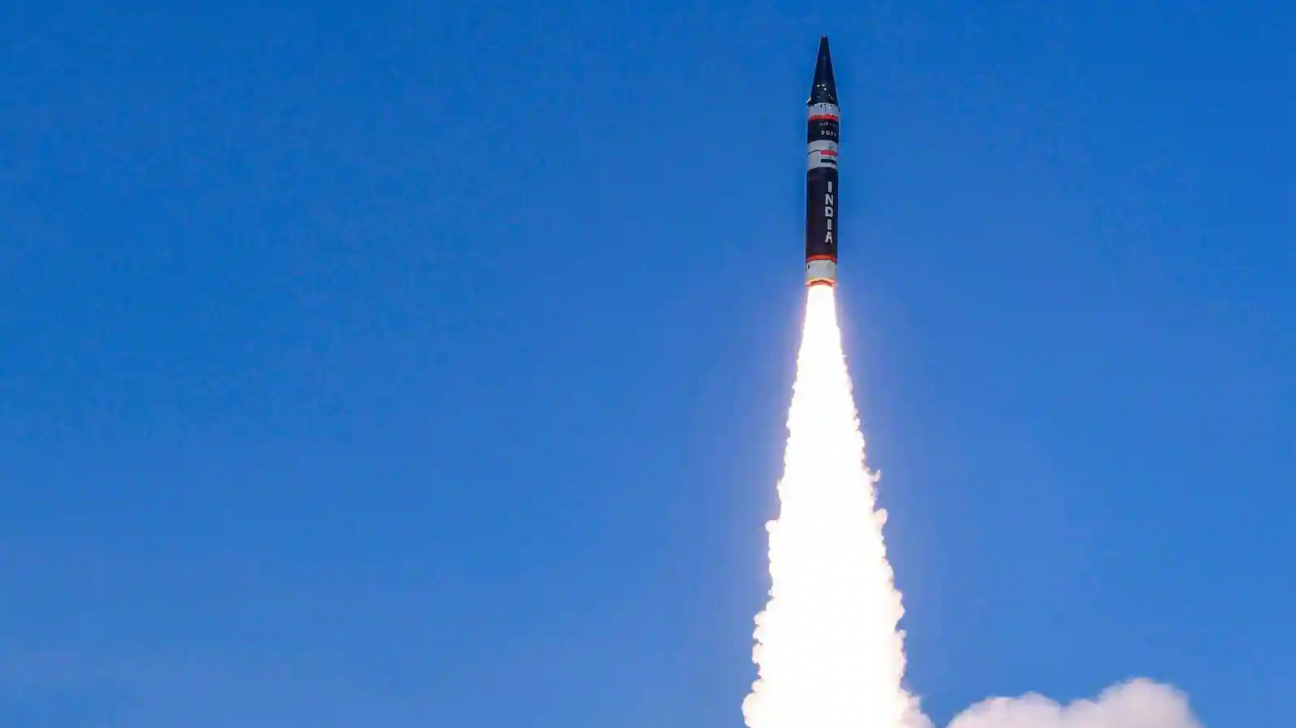The time is ripe to change over to ‘need-based first use.’ Blind, deaf, and mute Indian military strategists must open their eyes and ears but keep their mouths shut and witness what is happening worldwide.
Cold War Of The 60s: Russian Nuclear Doctrine Of 2020
Cold War in the 60s resulted in the creation of two critical elements; Exponential rise in a stockpile of nuclear weapons, which could wipe out the human race many times over, and the inclusion of quite a few strategic terms viz, ‘No First Use,’ ‘Flexible Response,’ ‘Mutually Assured Destruction,’ ‘Second Strike’ etc.
Military strategists have used these terms copiously, at times, without really understanding the meaning of the strategic lexicons.
In the unholy race for supremacy, the USSR and the USA have spent billions of dollars upgrading their nuclear arsenal. Development of ballistic missile interceptors viz Star Wars program, Patriot, S-400 was an offshoot of nuclear weapons delivery vehicles in the form of ICBMs. And finally, the ‘triad’ became the final strategic destination.
Successive US and USSR Presidents attempted to limit the nuclear weapons stockpile. Treaties viz SALT, START, INF, etc., were framed and kept in folders. But the nukes race never really stopped. The only constructive action taken by both superpowers was dismantling a few hundred nuclear warheads.
The collapse of the USSR in 1989 resulted in the USA claiming to be the only superpower. The bipolar world suddenly became uni-polar. But before the end of the 20th century, quite a few nations joined the nuclear club despite sanctions. China was instrumental in creating a nuclear Pakistan and North Korea.
The world today is multi-polar. An impoverished and tiny nation North Korea has been able to challenge the ‘mightiest’ power, the USA, entirely by nuclear blackmail.
The first decade and a half of the twenty-first century witnessed a reasonable degree of ‘quiet’ on the nuclear front. However, peace and tranquility were shattered by US claims made by the current POTUS in 2019 that Russia had violated conditions stipulated in the INF treaty of 1987. Russia declined any violation; however, the USA withdrew from the INF treaty in 2019.

The USA and Russia have only one nuclear arms control agreement, the new START treaty. Then-POTUS Barack Obama and Russian President Dmitry Medvedev signed this agreement in 2010.
This pact limits both nations to have a maximum of 1550 operational warheads and not more than 700 missiles/bombers. The pact also provides for stringent inspection norms of each other’s facilities.
Vladimir Putin, the President of Russia, has decided to alter the strategic hue of nuclear weapons use. He has recently endorsed the new Russian nuclear deterrent policy by including the clause of use of nuclear weapons against an adversary in response to even conventional weapons strike on the nation’s strategically critical infrastructure.
Thus a non-nuclear attack on Russia and its ‘friends’ might result in a nuclear response from Russia. It is a warning signal to the USA and any other nation with a ‘design’ on Russia and its allies.
Putin has categorically and unambiguously advocated Russia’s determination to use nukes against a nuclear strike and, in the event of a massive conventional weapons strike, which (in his opinion) might threaten the nation.
Latest policy document approved by Putin, which I term Putin’s Doctrine, states:
- If a conventional weapons attack by an adversary on Russia or its allies might threaten the country’s critical infrastructure, Russia will retaliate with nuclear weapons.
- The document further states that if Russia gets ‘Reliable Information’ about the launch of Ballistic Missiles targeting its territory or that of its allies, Russia will use nuclear weapons against the adversary.
Putin’s utterances must not be taken lightly. An incident in 2002 will illustrate Putin’s resolve to address the issues that threaten Russian sovereignty without blinking an eye, consequences of such actions notwithstanding.
If we scratch our brains enough, we will almost certainly remember the Moscow Theater Hostage crisis in October 2002. When the negotiations with Chechen rebels failed, the theater was sealed, and the Russian SPETSNAZ TEAM pumped an aerosolized incapacitating agent into the theater to subdue the militants.
It is another matter that, in addition to militants, 129 hostages also perished. The western world, led by the USA, condemned the Russian action by stating that Russia was producing incapacitating agents banned by the International accord. The then health minister Yuri Shevchenko noted that the gas used was based on fentanyl.
Russian minister made this statement only after Russia was pressurized by the then Director General of the Organization for the Prohibition of Chemical Weapons (OPCW), Rogelio Pfirter. It is another issue that west believes that KOLOKOL-1 (a banned substance) was the chemical agent used.
With the Russian economy slipping below the Indian economy, Putin is unlikely to be restrained by external pressures/views on his actions. He has openly criticized US/NATO actions of building up conventional forces near Russian borders.
The US deployment of space-based weapons and missile defense assets is another major irritant in current US-Russia relations.

Present US-Russia relations have hit a post-Cold War low, especially after the USA pulled out of INF last year. The Ukrainian crisis increased the deployment of US and allied forces in the Baltics, and accusations of Russia meddling in the 2016 US presidential elections also added color to the list of irritants.
Russia has taken a very serious view of the USA’s plans of putting weapons in orbit and considers it to be ‘The Top threat.’ To neutralize US space-based weapons, Russia claims to have developed a hypersonic vehicle, Avangard flying 27 times faster than sound, is highly maneuverable, and can defeat US missile shields.
The first unit of Avangard joined operational ‘duty’ last year. Yet another weapon in Russian inventory (still under development) is a nuclear drone, Poseidon, which, if exploded on the sea coast of the adversary, will cause a massive tsunami.
The Proposal From USA And Russia
To contain/control the new nuclear race, Russia and USA have proposed the following:
- Russia has proposed an extension of the New Start agreement beyond February 2021.
- The USA has proposed a new arms control agreement be discussed amongst Russia, China, and the USA.
Moscow, however, is not very keen to have China join the discussion, which may lead to a tripartite agreement. China, in all likelihood, will either not join the talks, but if it joins, China will, almost certainly, decline to reduce its nuclear arsenal.
Indian Option
This article aims to apprise the Indian establishment of the radical changes that are taking place/have taken place in the precepts governing the use of nuclear weapons. The Indian administration is stuck with the ‘No First Use’ policy enunciated by ‘cut and paste’ specialists in nuclear weapons deployment and use.
Their insane insistence on continuing with NFU policy in the face of an adversary (Pakistan), which has categorically stated that it will not hesitate to use nuclear weapons targeting Indian cities and advancing Indian Military columns in case of a war.

Our SSM capability has expanded our reach to around 5,500 km. We are only a few steps away from acquiring 8,000 km capability. As of now, we do not have a fully operational ‘TRIAD.’ But SSM and manned aircraft are nuclear-capable.
In a classic war scenario against Pakistan and China, we do not need the third component of TRIAD, the Submarine launch capability. Land-based capability is more than adequate to take care of contingencies.
But our problem is not the nonavailability of nuclear-capable weapon platforms. Our problem is our thinking is controlled and guided by intellectual pygmies. On the one hand, we want to become and project ourselves as an ‘Asian Giant,’ but on the other, we are scared to enunciate our resolve to use nukes if national interests are threatened. Instead, should we learn a few strategic lessons from our all-weather friend Russia?
Is A Doctrinal Shift Required?
To put the national security postulates in simplest form, I consider the ‘capability-intent’ continuum as most appropriate, instead of writing volumes on National Security Strategy as is being advocated by person expert in writing English prose. The ‘capability-intent’ continuum defines and lays down national security precepts in the simplest and most concise form.
Capability building is a long-term, slow and deliberate process. It has to be supported by extensive R&D, Strategic Appreciation of existing and likely threats emanating over the next two to five decades, Evolving the weapons production/acquisition (both indigenous and imports), and finally, equipping the front-line soldier with state-of-the-art weapons. ‘Intent,’ on the other hand, can change virtually overnight.
A long-time ‘friend/ally’ can suddenly become the fiercest adversary. Perhaps the best example of such a momentous and virtually ‘overnight’ change of relationship is the removal of the Shah of Iran by Ayatollah Khomeini. Iran under Shah was a US protégé; Iran under Ayatollah became the fiercest adversary of the USA. More than four decades later situation has not improved.
In this context, national security must be viewed and enunciated for the benefit of the present adversaries and future ‘turncoats.’ Resolve to use every weapon must be conveyed in uncertain terms in the event national security is compromised. Weapons are not meant for display during Republic Day Parades.
To quote an instance from history, King Chandragupta signed the treaty of ‘Peace and Tranquility’ (as we have done with China) with the neighbors. After signing the treaty, Chandragupta discussed security issues with his mentor Chanakya. The great master strategist advised Chandragupta to deploy his troops on the borders of nations with whom a peace treaty was signed.
Chandragupta was aghast and could not hide his annoyance (at what he thought) to be an insane suggestion. He retorted, ‘but we have just signed a peace treaty.’ The old man calmly replied, ‘troops deployment is to keep the peace treaty alive.’
Our intellectual pygmies do not understand such basic tenets and security postulates advocated by eminent Indians. No wonder they support ‘no first use,’ quoting restraint as a saner option. But they do not know that there is a very thin line that divides control and cowardice.
It is time that we changed our mindset from ‘no first use’ to ‘need-based first use’ (NBFU). If a permanent member of the UNSC can categorically state that nukes will be used even against a non-nuclear conventional weapons attack, why can we not announce our resolve by merely saying, ‘have nukes, will use’? It is not jingoism.
Continuing to hide behind the cloak of ‘Panchsheel‘ has got us nowhere; it will get us nowhere in the future as well in the international arena, where economic power backed by the military muscle is the only currency of power.
- Gp Cpt TP Srivastava (Retd) is an ex-NDA who flew MiG-21 and 29. He is a qualified flying instructor. He commanded the MiG-21 squadron. He is a directing staff at DSSC Wellington and chief instructor at the College of Air Warfare. VIEWS PERSONAL
- Follow EurAsian Times on Google News




